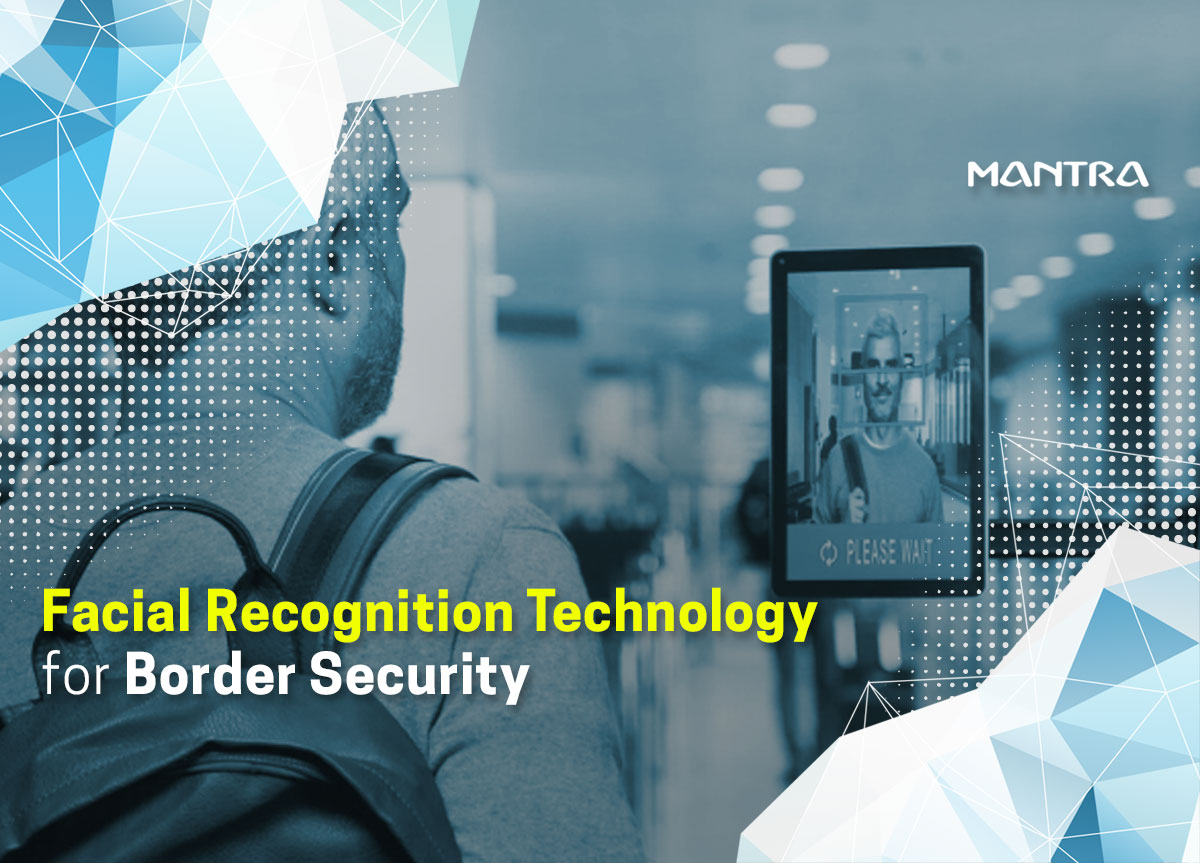
Facial recognition for border security
As the world becomes digitally connected to form one big global community, individual identification has become a significant security concern for diverse sectors like transportation, entertainment, law enforcement, security, access control, border control, government, communication, etc.
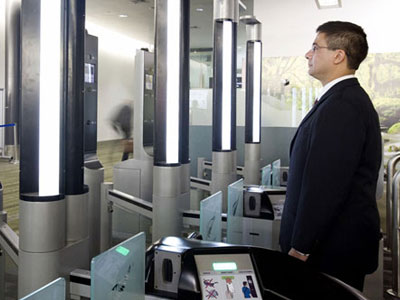
The use of traditional paper-based identity documents for identity verification at border checks can no longer suffice as there is always the risk of trans-border crime and illegal immigration. It has thus become vital to have a reliable and secure biometric-based identification system to ensure better security screening at border checks.
The current challenges in border security
With the existing border security systems, tracking and managing the flow of humans become quite difficult. Border security is not only about keeping track of people at border checks but also includes deployment of national database, access control systems, and traveler monitoring system to process travelers at all the border-crossing points (i.e. air, sea, and land).
Border police or security guards are facing numerous bottleneck situations with the conventional or current identification method, including:
Rise in trans-border crime
Increase in the number of illegal immigration
Human errors in identifying fraudsters
Border guards faces issues in focusing on people of interest
Unreliable clearance system on border checks
Illegal activities or trespassing
Insurgents and cross- border terrorism
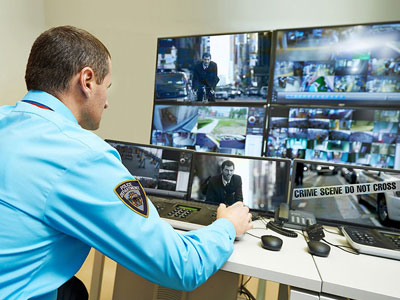
Facial biometrics – To prevent the entry of inadmissible travelers
Border security and better management at border checks are extremely critical for national safety. In today’s digital era, the conventional way of comparing a person’s face with photo ID seems to be futile and unreliable. Hence, various domains are embracing next-generation biometric technology for accurate and reliable individual identification. However, to prevent the entry of inadmissible travelers to your country, a robust biometric-based identification & authentication system is an ideal solution to enhance border security.
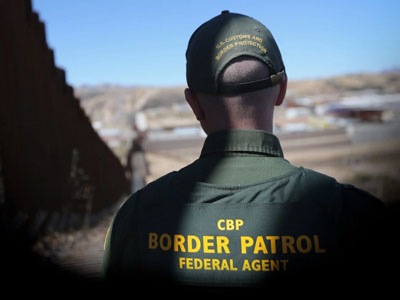
Nowadays, facial recognition has been widely utilized for border control, making that task much easier, and allowing security staff at border control to prioritize on other duties such as identifying potential offenders based on their behavior.
In December 2019, the Department of Homeland Security planned to implement facial biometrics to keep a check on all travelers leaving or entering U.S. – including the formerly exempted U.S. citizenry.
The facial recognition system proves to safeguard airports by keeping track of every entering/leaving individual along with offering personalized service to passengers through a secure & reliable personal identity authentication system.
Why the facial recognition system shall be deployed for border security?
Facial recognition has come a long way to become a vital component in today’s technology-driven world. Some of the benefits of utilizing facial biometrics for border control are listed underneath:
Rapid and reliable clearance on border checks
Improved border control intelligence
Leverages real-time information
Combating terrorism and insurgency
Reduces trans-border crime & illegal immigration
Better security screening
Verify identity in seconds
Brings facilitation and enhanced passenger experience
Reduces human-influenced errors
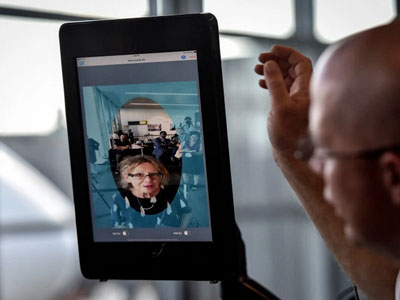
Comments